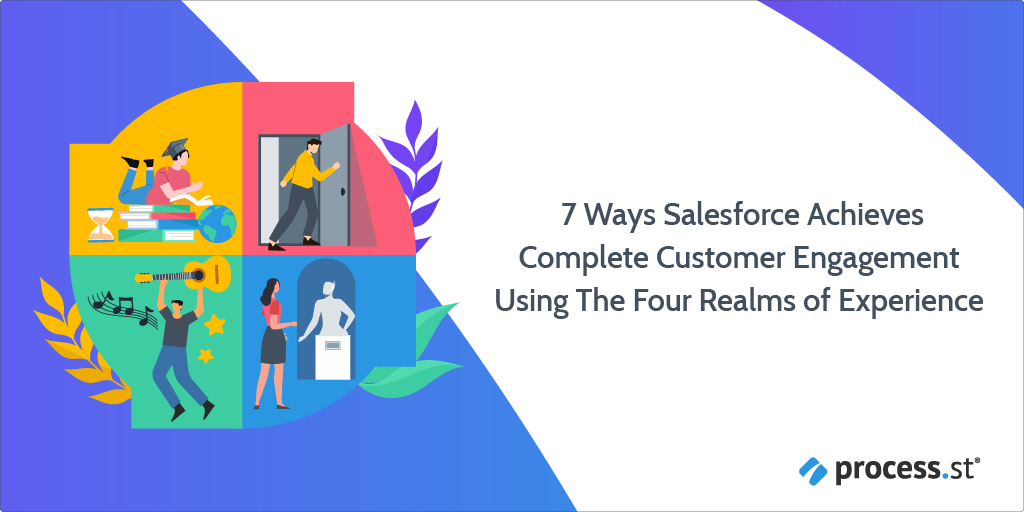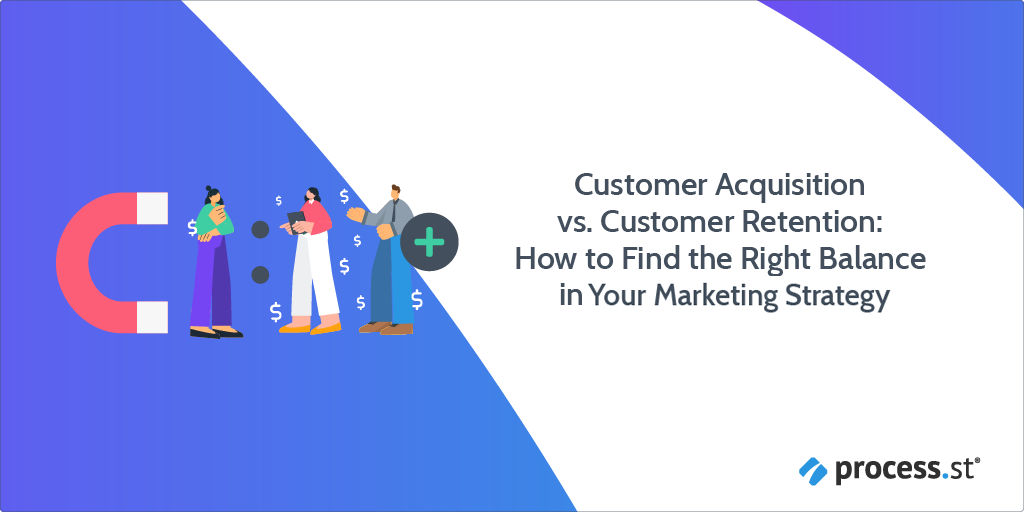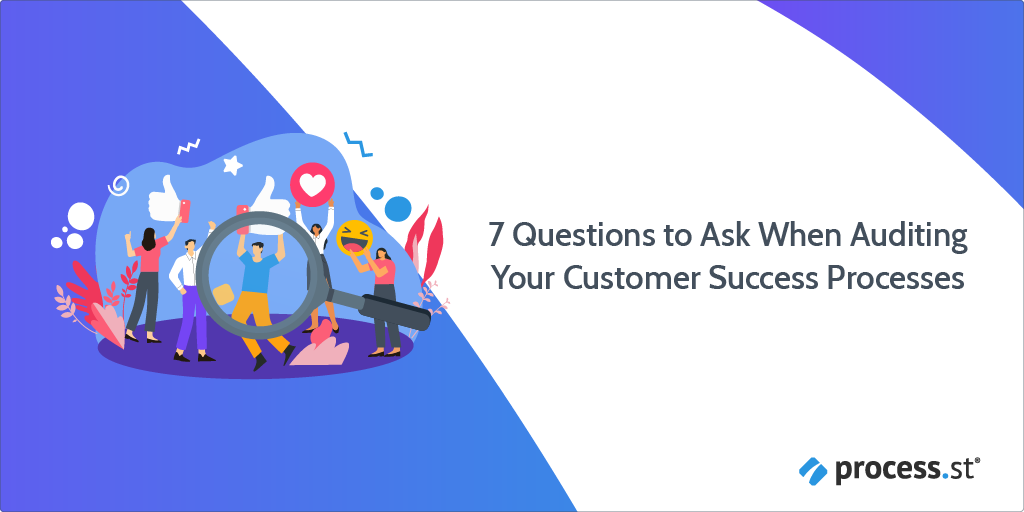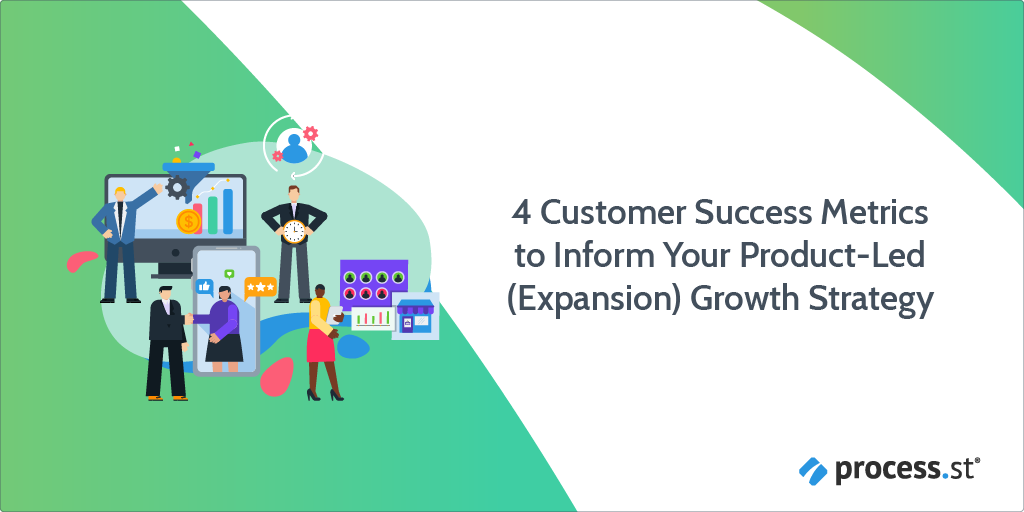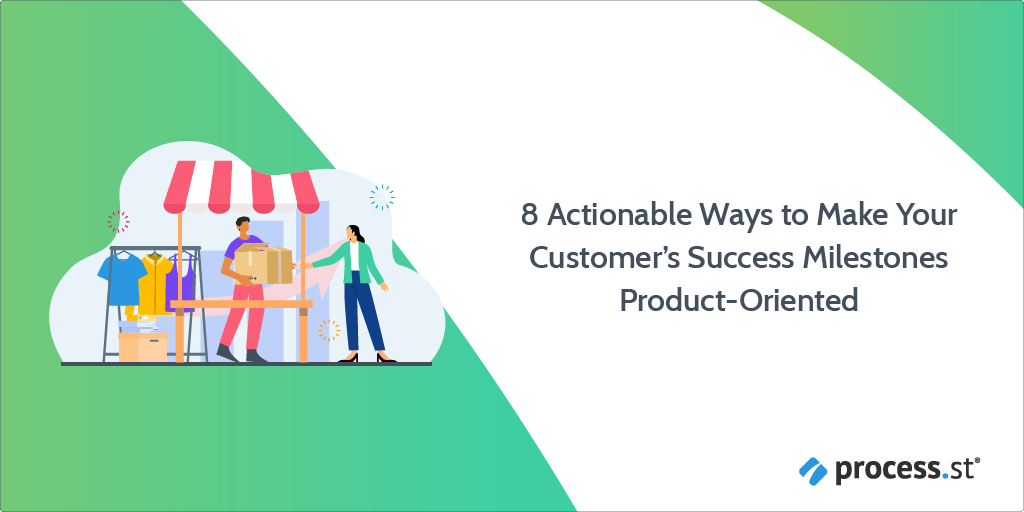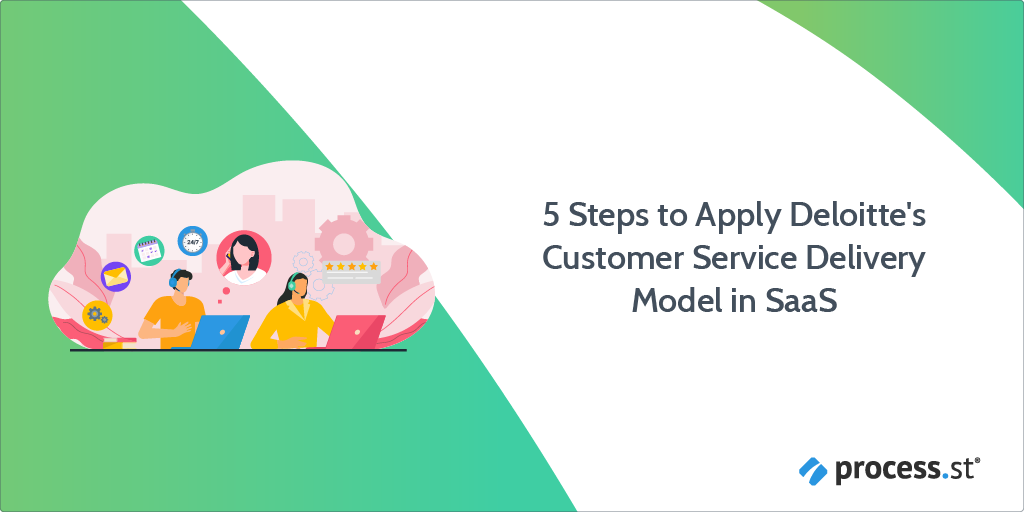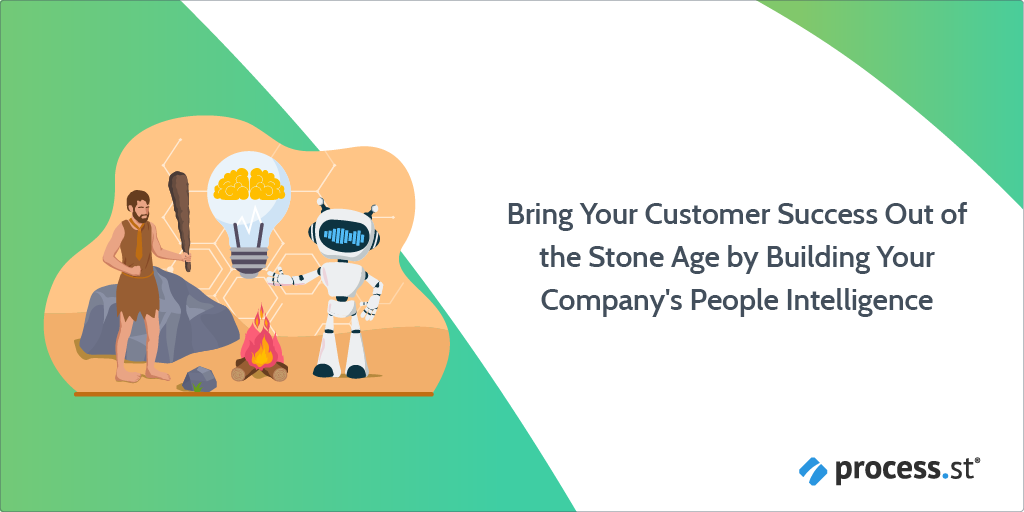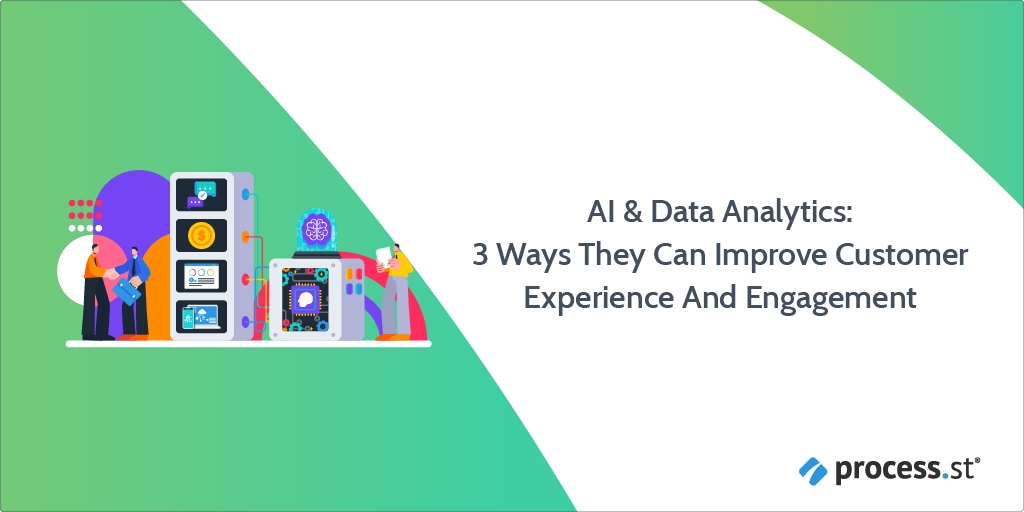 Since 2015, Nahla Davies has been working with enterprise clients around the world developing RegTech protocols and best practices. She’s also worked with both enterprise and sovereign governments as a key contributor for notable public projects like DCOM.
Since 2015, Nahla Davies has been working with enterprise clients around the world developing RegTech protocols and best practices. She’s also worked with both enterprise and sovereign governments as a key contributor for notable public projects like DCOM.
If the pandemic has shown the world anything, it’s that business professionals and, specifically, marketers can still meaningfully engage customers in an increasingly digital world. It’s undoubtedly challenging for marketers to continue providing a seamless customer experience across different digital channels such as social media.
Thankfully, though, factors such as artificial intelligence (AI) and data analytics can make multi-channel customer experiences engaging across the entire customer journey — from product consideration all the way to purchase.
Businesses have proven themselves both capable and willing to remain adaptable amidst the tumultuous COVID pandemic in order to understand business problems and subsequent opportunities. The process of actually understanding these problems and opportunities, however, isn’t exactly straightforward.
Analytics, data, and artificial intelligence have the potential to enrich marketers’ understanding of their customers’ experiences in order to deliver meaningful, relevant experiences in the future. To that end, let’s quickly take a look at how data and analytics can be invaluable for marketers interested in enhancing the complete customer journey that they provide across different digital channels.
- Tailored strategies enhance customer experiences
- Analytics and data-driven personalization
- Automation increases time for customer interaction
- Chatbots are becoming more useful than ever to customers
- AI & data analytics: The trend that keeps growing
Let’s jump in!
Continue Reading







 Workflows
Workflows Projects
Projects Data Sets
Data Sets Forms
Forms Pages
Pages Automations
Automations Analytics
Analytics Apps
Apps Integrations
Integrations
 Property management
Property management
 Human resources
Human resources
 Customer management
Customer management
 Information technology
Information technology



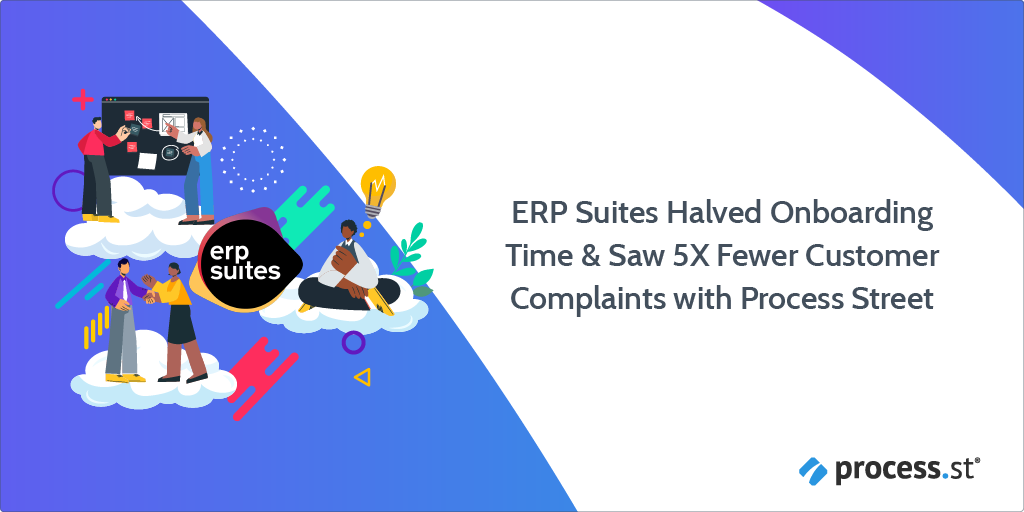
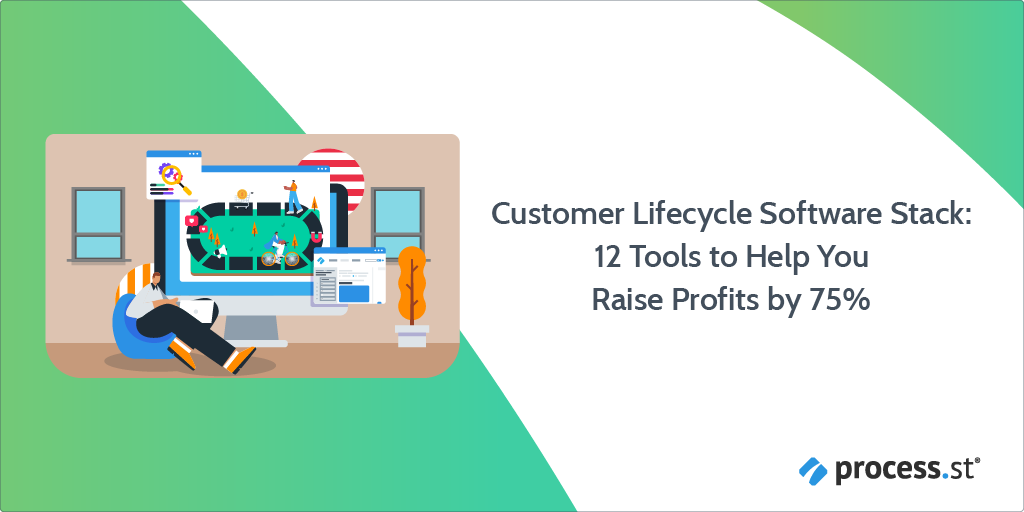 The customer lifecycle begins with awareness and matures to advocacy, from the first interaction with your
The customer lifecycle begins with awareness and matures to advocacy, from the first interaction with your 